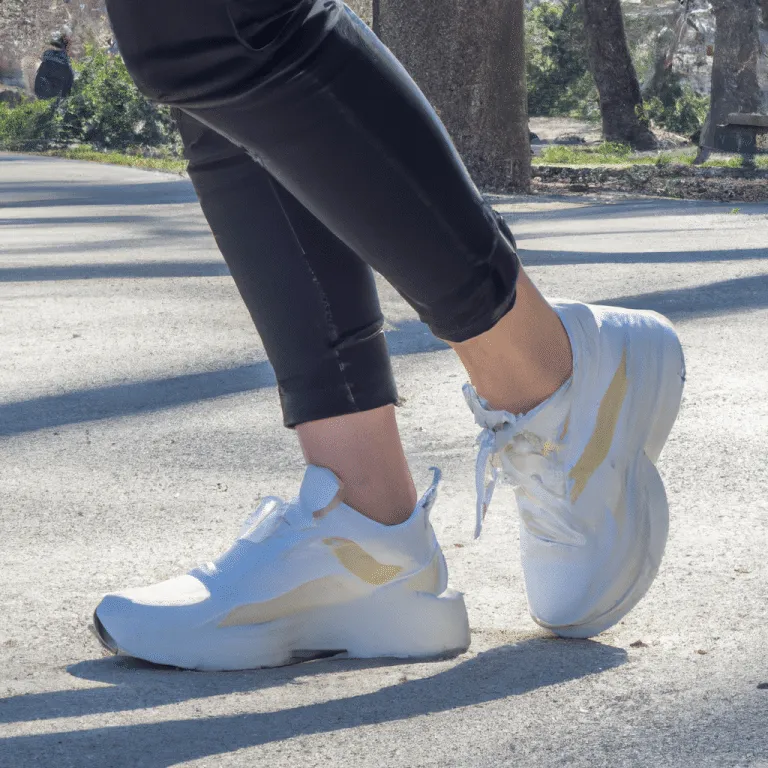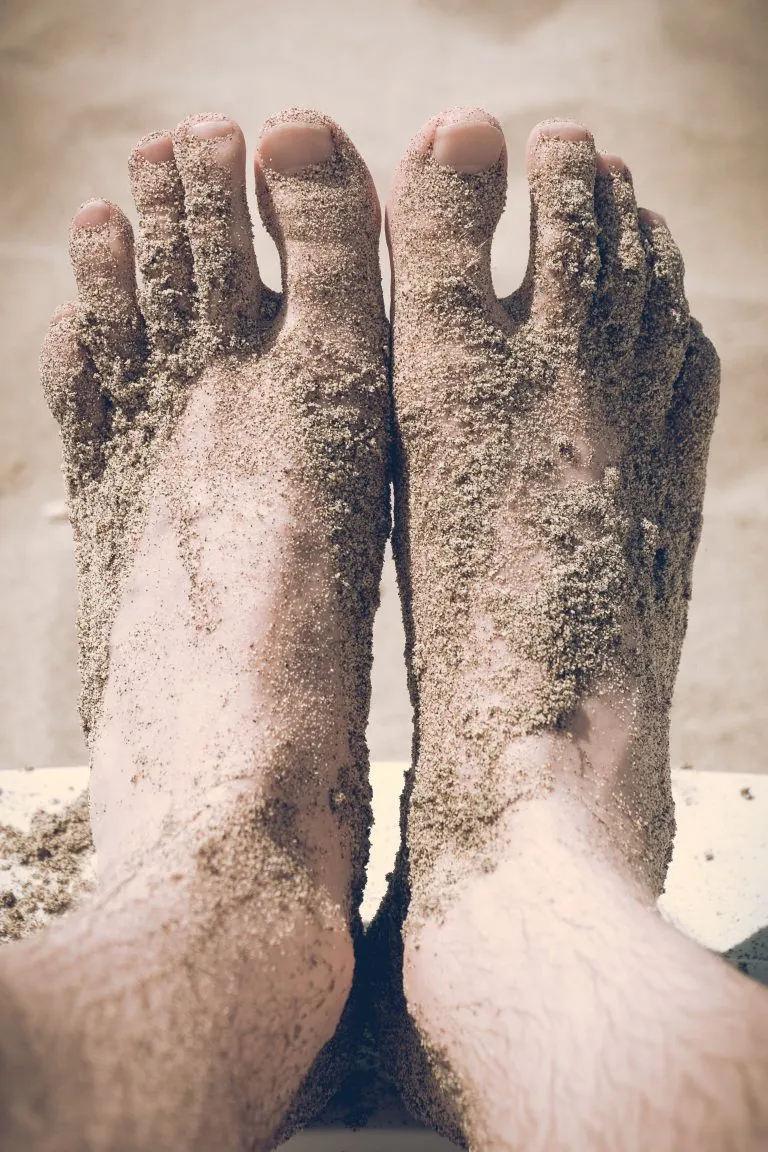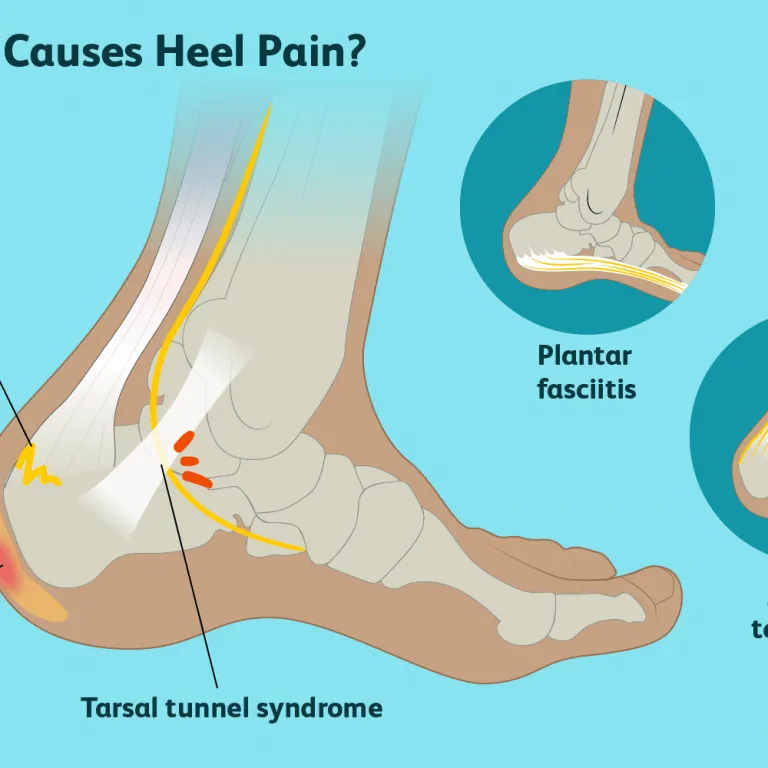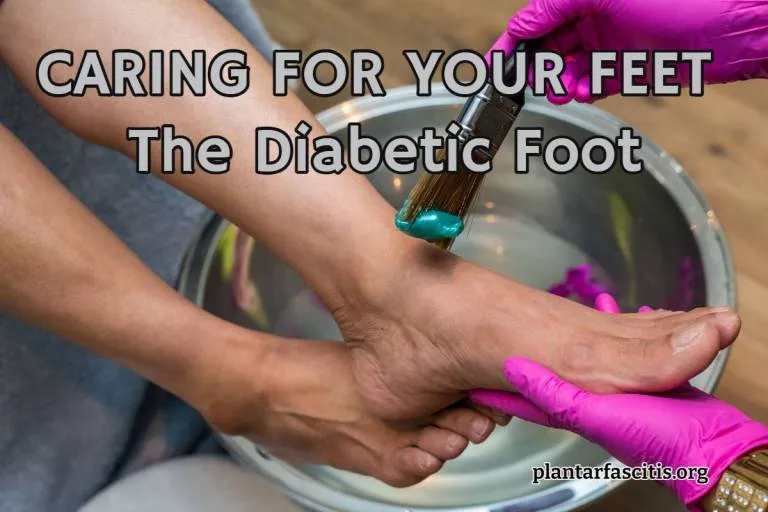Foot Problems – Short Leg Syndrome
When one leg is shorter than the other, it is medically referred to as Limb Length Discrepancy or Short Leg Syndrome. Having a shorter leg does indeed produce a variety of bodily symptoms, and the term “syndrome” is very accurate. Syndrome implies a multitude of symptoms.
Short Leg Syndrome
While the exact cause of Short Leg Syndrome is unknown, there are certain conditions that may contribute to short legs. These conditions include broken bones, bone infections, and tumors that can stunt bone growth and inhibit blood flow. Another cause of short legs may be poor posture. In either case, it is important to seek medical care for short legs. Treatment options include surgery and biomechanical intervention.
A chiropractor can help treat Short Leg Syndrome by correcting the cause, intervening in leg growth, and correcting a patient’s posture.
Many people with short legs are born with shorter legs than their peers. Occasionally, however, the condition may be caused by a bone infection. If this is the case, it may be necessary to have it surgically removed, leaving the shorter leg. The treatment for Short Leg Syndrome can vary, and the length of the affected leg may not be completely restored. Short legs may also be caused by a fracture in the lower leg or a hip replacement.
People with short legs usually experience knee, hip, and leg pain as a result of a short leg. It’s not unusual for a person to have a smaller leg than another, but this subtle discrepancy can have a serious impact. The pelvic tilt can put undue stress on the muscles and the spine. Short legs can also cause back pain or scoliosis, a condition in which the shorter leg causes pain and difficulty with walking.
Causes: Before discussing symptoms, let us look at the most common causes of a short leg:
- Congenital causes can include the position of the developing fetus.
- Birth injuries such as a dislocated hip sustained during delivery.
- Infections of or injuries to the growth plates in the leg during childhood.
- Injuries in adults, involving fractures or dislocations of the lower limb, even if properly treated.
- Surgery on the hip or knee may cause the leg to shrink.
- Poor posture, where the pelvis is tilted so that one side is higher then the other, thus making the leg on the high side of the pelvis work as if it was shorter than the other leg.
Symptoms: Symptoms may affect our entire body, from our feet to the way our teeth come together when we chew. People with a short leg usually compensate for this problem, and thus may cause other problems to occur. An example would be leaning towards the side with the short leg, trying to make its foot touch the ground while standing still. This puts pressure on the back bone and the pelvis, causing lower back and hip pain. Other symptoms may include the following:
- Sciatica, or inflammation of the nerves in the leg and lower back.
- Poor balance when walking and running.
- Foot and ankle pain.
- T.M.J.
- Fatigue.
Compensation: Our bodies are wonderful! When we have a problem the body tries to fix it; and, if it can’t, it tries to get around the problem by compensating for it. There are two common methods that our bodies use to equalize the length or our legs:
- Leaning towards the short leg, thereby trying to extend it and make the leg longer.
- Bending the short leg’s foot down and out, trying to make it longer. This is called pronation.
These methods of compensation may help our gait, or the way we walk, but they produce abnormal stress in lower back, hips, knees, ankles, and feet. This causes pain in these structures, especially when we are on our feet. Patients have spent thousands of dollars trying to diagnose why their backs, hips, and knees hurt, and their doctors could not find out why these pains were present. With just simple measurements of the length of their legs, these patients could have saved money, time, and — most importantly — avoided recurring pain!
Diagnosis: There are two diagnostic methods you can try yourselves. These are not full-proof methods of diagnosing a short leg, but they can help. If you are not comfortable with these methods, then the next time you are at your doctor’s office, ask him or her to measure you for a limb length discrepancy. Here are the two methods of diagnosis I recommend:
- Stand with your back against the wall. Assume your normal posture, do not try to stand up straight. Have someone place the end of a tape measure on your belly button. Now measure each leg, from the navel to the bottom of your foot, and compare the measurements to see if they are equal, or within 1/8 of an inch. If they are equal, you probably do not have a leg shortage of any significance. If there is a difference greater than 1/8 inch, you should try the following diagnositc method to make sure your measurements were accurate.
- If the above method shows a shortage greater than 1/8 inch, or it did not and you still think you may have a short leg, then try this:
- Place a 1/4 inch piece of felt in the heel of the short leg’s shoe (you can buy this felt at a medical supply store or craft shop).
- Walk at least 2 days with this pad in your shoe, unless it is causing increased pain. If increased pain is present, than you probably do not have a short leg.
- If you feel better after 2 days, but the pain is not completely gone, add another 1/4 inch pad to the heel, for a total height of 1/2 inch.
- Walk at least 2 days with this pad in your shoe, unless it is causing increased pain. If increased pain is present, remove about 1/8 inch of felt from the pad, and try it again for 2 days.
- In this manner you will not only learn if you have a shortage, but you will determine how short your leg is.
- Permanent Treatment: To relieve the pain of a short leg — whether the pain is in the feet, ankles, knees, hips, or lower back — you need to make both legs equal in length when walking and standing. Building up the sole and heel of your shoes does not help. These structures wear down rapidly and unevenly, causing the symptoms of the shortage to return.
- The only treatment which will permanently add height to the short leg involves the use of a custom-made orthotic. These comfortable medical devices, made from molds of your feet, will not wear down for years, thus saving you money and pain! They will also alleviate pains in the short foot caused by walking abnormally for years, such as calluses. Custom-made orthotics are the only way to accommodate for a shortage, and provide pain-free standing and walking.
- Custom-made orthotics are made of comfortable thermoplastic materials which have a “memory.” This memory allows the orthotic to comfortably compress with each step you take, and then return to its original height, providing comfort to the heels, arches, and balls of the feet. To compensate for the shortage, we add material to the orthotic for the short leg in the amount to overcome the shortage. We use long-lasting, semi-flexible materials which will last for years before wearing down.
An orthotic can also be designed to accommodate and relieve the pain of calluses, neuromas, chronic metatarsalgia, and other biomechanical defects which are causing pain in the short leg. If you have a shortage of 1/4 inch or less, you will be able to wear our orthotic in most dress shoes. If the shortage is greater than 1/4 inch, then you may need to wear walking shoes, gym shoes, or dress orthopedic shoes.







